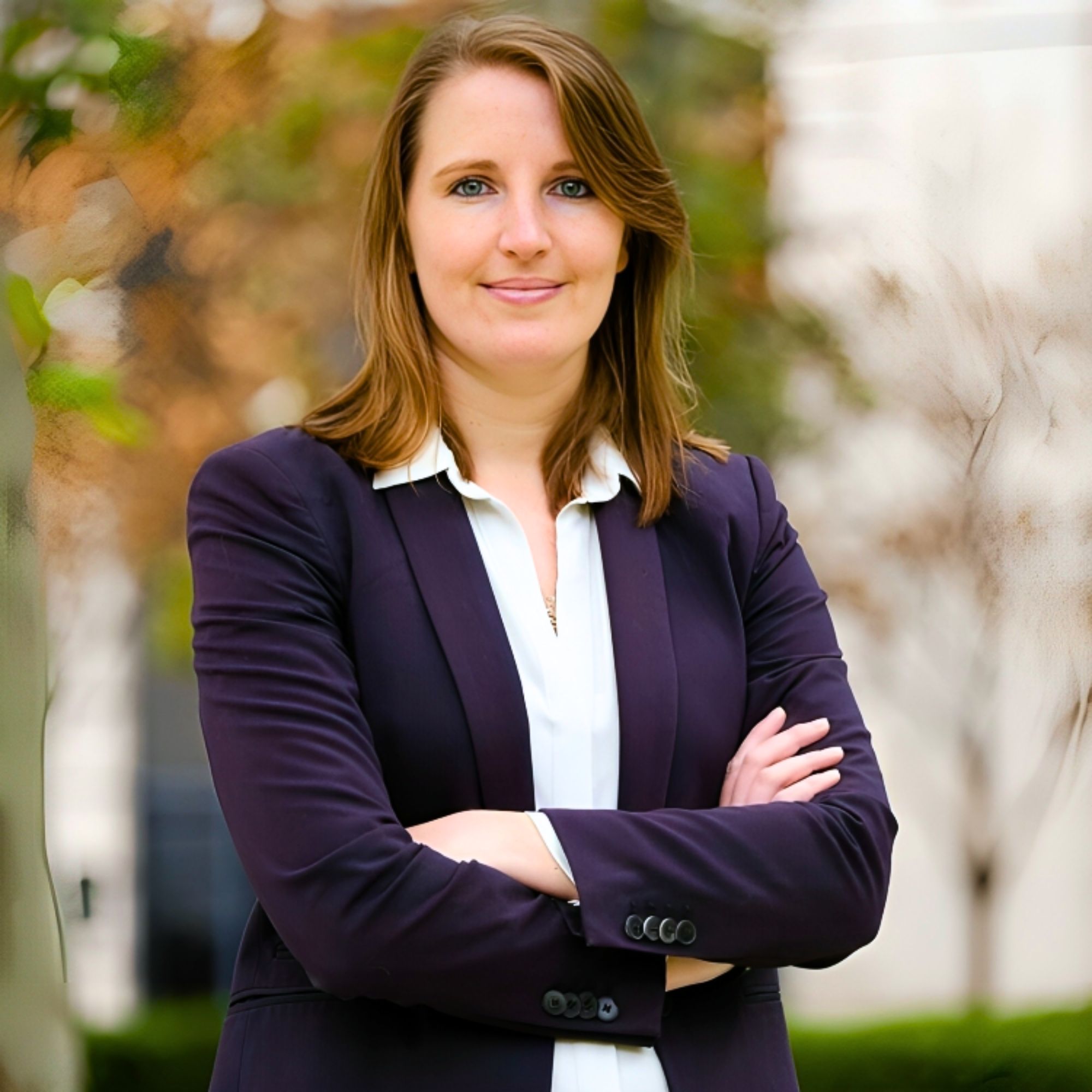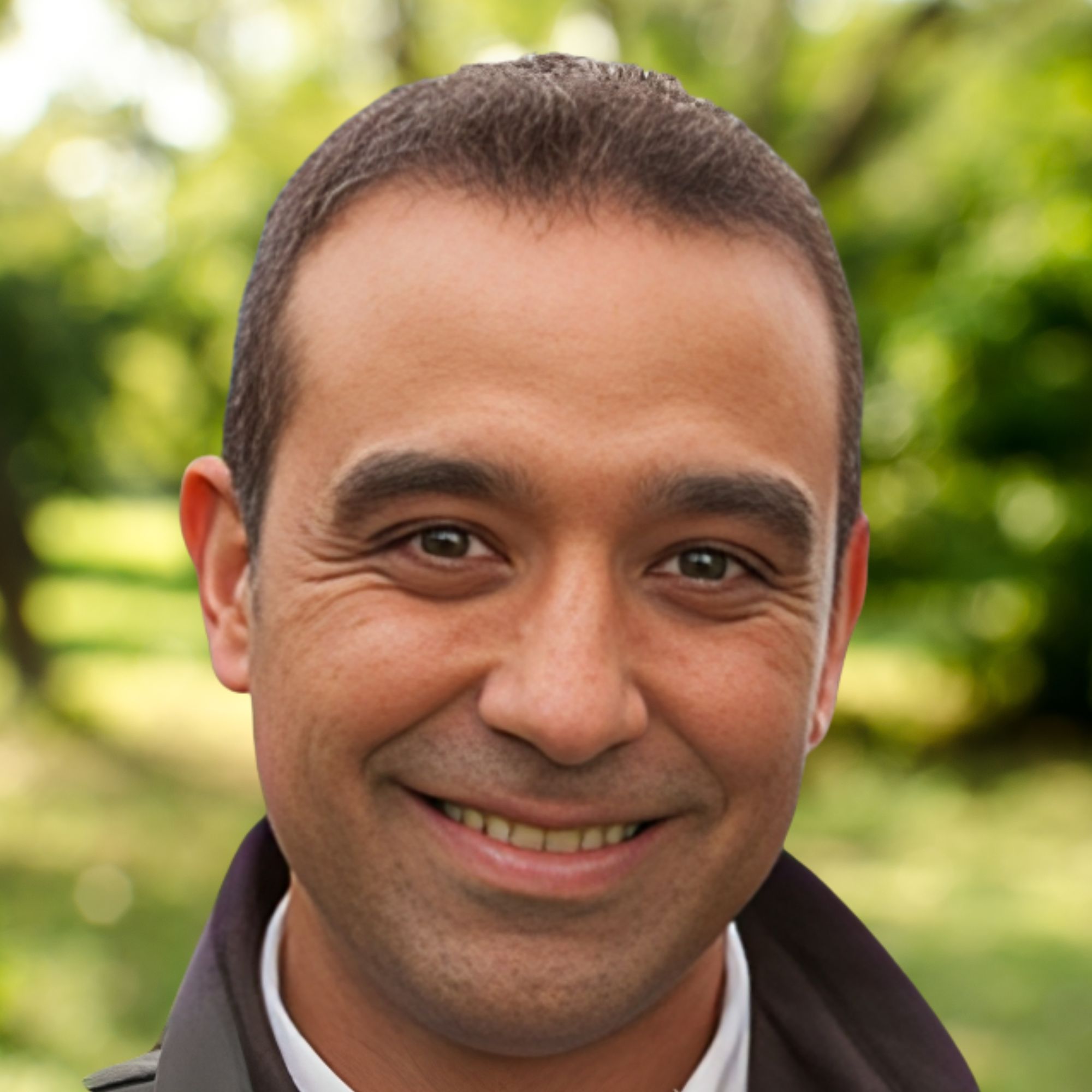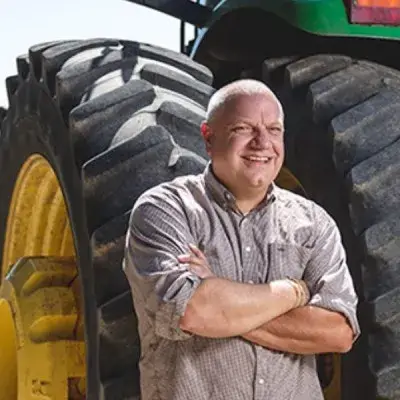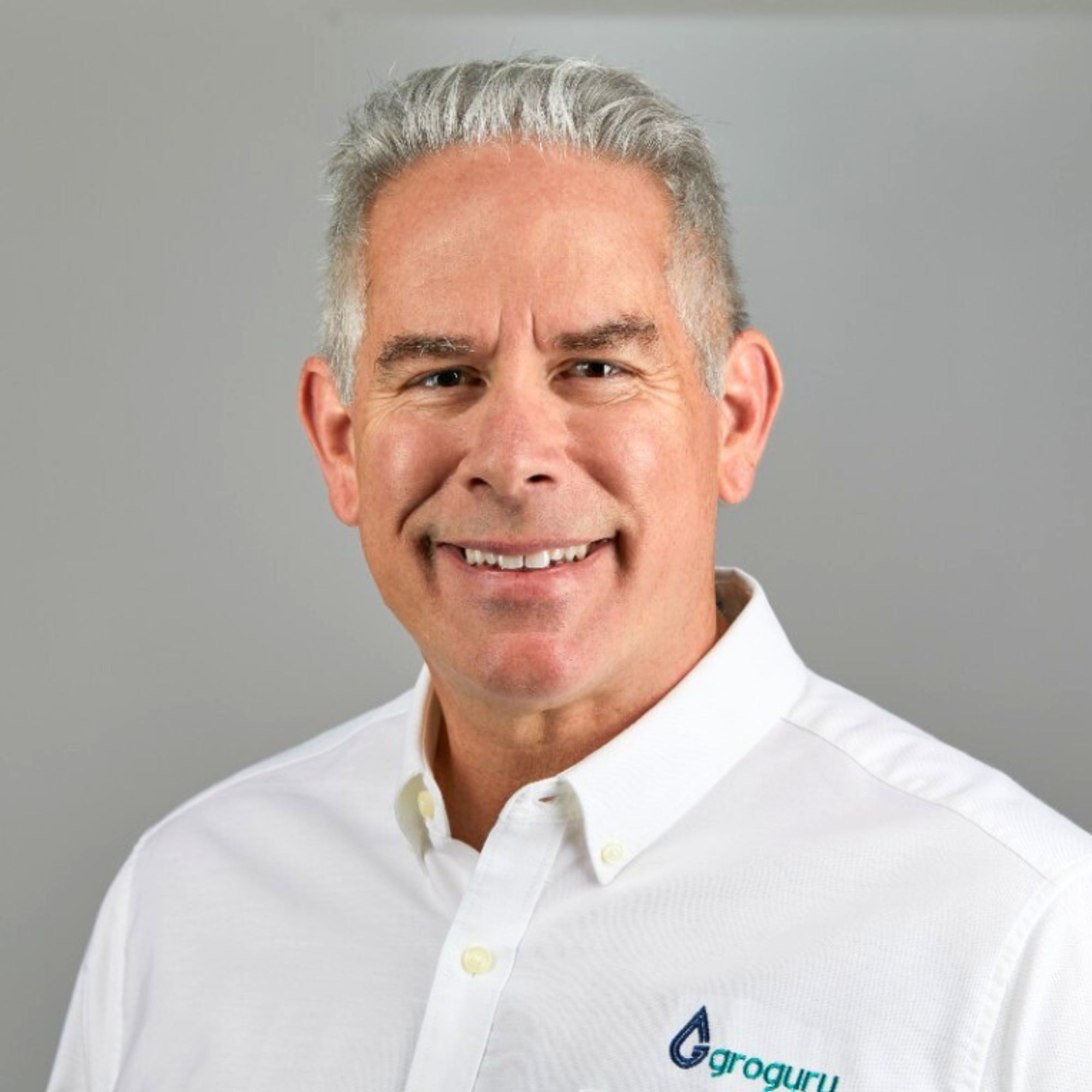Ready to build your own Founder-Led Growth engine? Book a Strategy Call
Frontlines.io | Where B2B Founders Talk GTM.
Strategic Communications Advisory For Visionary Founders
Actionable
Takeaways
Time constraints differ fundamentally in hardware:
Voltiris faces season-dependent validation cycles where "you can throw as much cash as you want on a tomato, it's going to take one year to demonstrate that it works." Most growers demand 2-3 full growing seasons before adoption. Hardware founders must structure runway, investor expectations, and partnership terms around immovable biological or physical timelines—not software-style iteration speeds.
Product-market fit exists before product in infrastructure plays:
Voltiris confirmed demand preemptively. Nicolas explains: "If the technological promise holds, there is demand...the growers, they already told us from the beginning we're waiting for solution like this to come." When selling infrastructure that solves existential problems (energy transition, electrification mandates), validate market pull before achieving technical proof. This inverts typical startup sequencing but derisks decades of R&D investment.
Treat early customers as co-creation partners, not transactions:
Voltiris positions initial deployments as "joint creation" rather than sales. Nicolas's pitch: "This is the future vision. Are you ready to build it with us and do you want to jump into that shit with us?" In markets with 25-30 year product lifecycles and 3-year company track records, transactional selling fails. Structure partnerships with shared risk, transparent data access, and collaborative problem-solving.
Master domain expertise at operator level, not executive level:
Voltiris's technical co-founders became greenhouse operations experts, not just energy technology experts. Nicolas credits this: "My two co founders are now among the best experts you have in terms of how to run a greenhouse." In complex B2B environments (agriculture, manufacturing, logistics), founders must understand day-to-day operations—not just C-suite pain points—to build credible solutions.
Use direct feedback environments to compress learning cycles:
Dutch growers provided unfiltered assessment within minutes. Nicolas values this: "If what you're building is not good, you would know directly within five, 10 minutes...they would say, not worth my time, please, the door is here." Seek brutally honest customer segments that accelerate validation, even if acquisition is harder. Fast negative feedback prevents wasted development cycles on wrong assumptions.
Conversation
Highlights
How Voltiris Sells 25-Year Solar Infrastructure to Risk-Averse Greenhouse Operators
When Nicolas Weber’s co-founder Jonas pitched him on harvesting unused light wavelengths from plants to generate electricity, Nicolas had just spent six years at Boston Consulting Group. He had zero agriculture background. But something about the concept resonated: “I’m not sure I understand the specifics, but I really like the overall conceptual idea.”
That evening in the Swiss mountains marked the beginning of Voltiris, a company developing spectroscopy-based solar panels specifically designed for greenhouse agriculture. Jonas brought a PhD in spectroscopy—the study of light. Nicolas brought go-to-market expertise. What neither brought was any understanding of how to actually sell to greenhouse operators.
In a recent episode of Category Visionaries, Nicolas Weber, Co-Founder and CEO of Voltiris shared how his company navigated the unique GTM challenges of selling deep tech hardware with 25-year lifecycles to conservative, multi-generational family businesses.
Inverting Traditional Startup Sequencing
Most B2B founders validate demand, then build product. Voltiris did something different: they validated that demand would exist if the technology worked, then spent years proving the technology.
“If the technological promise holds, there is demand,” Nicolas explains. “The growers, they already told us from the beginning we’re waiting for solution like this to come.”
The market pull was clear because the problem is existential. Traditional opaque solar panels create 60-80% yield reduction in high-tech greenhouses. For operators running thin margins, that’s not just bad economics—it’s business suicide.
But here’s the nuance Nicolas emphasizes: “Do growers or customers want the solution? For sure, but they want it under certain conditions. The first one is you have to make sure that you do not harm the crops.”
This created an unusual fundraising and runway challenge. Voltiris needed capital to fund multi-year validation before they could generate meaningful revenue. The market existed, but it was gated behind biological proof cycles that capital alone couldn’t accelerate.
The First Customer Conversation: Learning to Listen
Nicolas and Jonas built their first prototype in Jonas’s parents’ garden. They created drawings and took pictures. Then they presented to greenhouse operators.
The feedback was direct: “Guys, you seem like you’re very smart, accomplished, whatever, but this will never work. And they gave us, I think, a set of eight reasons why it will not work.”
Most founders would hear this as rejection. But the growers added something critical: “It has been a long time we did not hear a very stupid pitch, which in growers or farmers terms is very positive. It means you’re onto something, but you need to iterate a bit.”
That feedback triggered a complete product redesign and a fundamental shift in approach. Instead of pitching technology, Voltiris started asking questions.
Becoming Operator-Level Experts, Not Just Executive Consultants
Nicolas’s BCG background taught him to understand C-suite pain points. That wasn’t enough for Voltiris.
“We came in with a very humble approach, always asking questions, trying to understand what the growers are living, how they operate, not only on the energy side, but really just operations. How does a greenhouse work?” Nicolas explains.
This wasn’t cursory research. The technical co-founders invested years becoming true domain experts: “I would argue that my two co founders are now among the best experts you have in terms of how to run a greenhouse.”
Why does this matter? Because high-tech greenhouses operate like Formula One cars—every detail cascades. “What we do is not difficult, but it’s complex. It’s made out of a lot of small details that we have to master, bring together,” Nicolas says.
You can’t troubleshoot a complex system if you only understand the executive summary. When Voltiris adjusts one variable, something unexpected happens elsewhere. Understanding the full operational context became the foundation for credible partnership.
Replacing Transactional Sales with Co-Creation
The math problem facing Voltiris: How do you sell 25-30 year infrastructure as a three-year-old company to family businesses on their second or third generation?
Traditional B2B sales frameworks don’t work. Nicolas describes their approach: “I wouldn’t even call them client because the relationship is not very transactional. It’s a joint creation that we’re doing with them.”
The pitch evolved: “This is the future vision. Are you ready to build it with us and do you want to jump into that shit with us in terms of the co creation?”
This reframing does three things:
First, it acknowledges the trust gap directly rather than pretending it doesn’t exist.
Second, it positions early adopters as strategic partners building the future together, not customers taking on unilateral risk.
Third, it creates a selection mechanism. Growers who say yes are genuinely committed to collaborative problem-solving through multiple growing seasons.
Structuring Around Immovable Biological Timelines
In software, founders obsess over velocity. In agriculture, time moves differently.
“You can throw as much cash as you want on a tomato. It’s going to take one year to demonstrate that it works or it doesn’t work,” Nicolas says.
One season isn’t sufficient for adoption decisions: “Very often growers will need more than one season, they will want to see two seasons, even sometimes three seasons on what happened on their crops.”
This constraint forced Voltiris to restructure everything:
- Investor expectations about time-to-revenue
- Runway planning around 2-3 year validation cycles
- Partnership structures that keep early adopters engaged across seasons
- Team hiring that balances R&D investment against extended sales cycles
The constraint is absolute. No amount of capital or urgency changes the growing season timeline. GTM strategy must bend to biology, not the other way around.
Making System Complexity Transparent
With multi-year validation cycles, Voltiris couldn’t afford to waste seasons on hidden assumptions. Their solution: radical transparency about hypothesis testing.
“Having a very detailed and rigorous approach towards testing, also very transparent, always showing to growers, this is what we see. What do you think? Is it something that you would agree with the hypothesis we have?” Nicolas explains.
This approach serves multiple purposes. It builds trust through data transparency. It catches wrong assumptions early through grower expertise. And it creates collaborative problem-solving when unexpected results emerge.
The transparency extends to admitting complexity: “You would poke here and then something would happen on the other side, you know, or vice versa. Or then you try to fix three things and then something unexpected just happened.”
Sharing this systems-level thinking—showing growers the interconnected variables and cascading effects—demonstrates rigor rather than weakness.
Seeking Brutal Feedback to Compress Learning
One unexpected GTM advantage: Dutch greenhouse operators give unfiltered feedback immediately.
“If what you’re building is not good, you would know directly within five, 10 minutes,” Nicolas says. “They would say, not worth my time, please, the door is here.”
For a hardware company constrained by seasonal validation cycles, this directness compresses learning. Fast negative feedback prevents wasted development on fundamentally wrong assumptions.
Nicolas challenges the stereotype about agricultural conservatism: “We’ve seen them being very interested, but it’s just you need to demonstrate because why would they take the risk? The situation is already difficult enough in terms of profitability. There are enough things that they need to manage.”
The growers aren’t anti-innovation. They’re anti-unproven-risk-that-could-destroy-their-business. Show rigorous proof across multiple seasons, and they’ll adopt.
An Intentionally Offline GTM Motion
Voltiris’s marketing strategy looks nothing like typical B2B SaaS playbooks.
“Most of the activities we do are usually offline, meaning that we meet the growers at fairs and via referral, word of mouth, via crop advisors. Key opinion leaders within the industry that then refers to growers,” Nicolas explains.
The company is testing digital approaches—social media campaigns targeting family networks (“maybe the growers are not shopping for energy solutions on Instagram or TikTok, but everybody has family that is there”), satellite imaging combined with solar irradiation data for outside-in lead scoring.
But the core motion remains relationship-driven. This isn’t a limitation—it’s strategic alignment with how the market actually operates.
Platform Expansion: From Component to System
Five years out, Nicolas envisions Voltiris expanding beyond solar panels to comprehensive energy management.
“It’s not anymore about do I want solar panels in my greenhouse, but it’s more about do I take Voltiris and then I can focus solely on my crops and Voltiris will take care of everything energy related for me,” Nicolas explains.
This includes integrating on-site electricity generation with heating systems, batteries, and dehumidification systems across the full greenhouse operation.
The platform strategy makes sense for two reasons. First, it increases switching costs once Voltiris proves itself over multiple seasons. Second, it positions the company as long-term infrastructure partner rather than component supplier—matching the 25-30 year relationship horizon of the customer.
GTM Lessons for Infrastructure Founders
Voltiris’s journey illustrates how deep tech hardware requires fundamentally different GTM thinking than software:
Market validation can precede technical validation when solving existential infrastructure problems. The sequencing inverts: prove demand exists contingent on technology working, then invest years proving the technology.
Sales cycles must align with immovable physical or biological constraints. Structure runway, investor expectations, and partnership terms around these timelines—not artificial urgency.
Domain expertise at the operator level beats executive pain point understanding. In complex B2B environments, founders must comprehend day-to-day operations to build credible solutions.
Co-creation partnerships replace transactional sales when trust gaps are structural. Early adopters become strategic partners sharing development risk across multi-year timelines.
Transparency about complexity builds credibility faster than oversimplified promises. Showing the interconnected system and collaborative problem-solving demonstrates rigor.
As Nicolas summarizes the challenge: “A good life as a grower is 30 seasons. You don’t want to take a risk on three, four seasons just because the solution sounds nice.”
In markets where time moves to biological rhythms rather than software velocity, patience isn’t a virtue—it’s the entire strategy.























